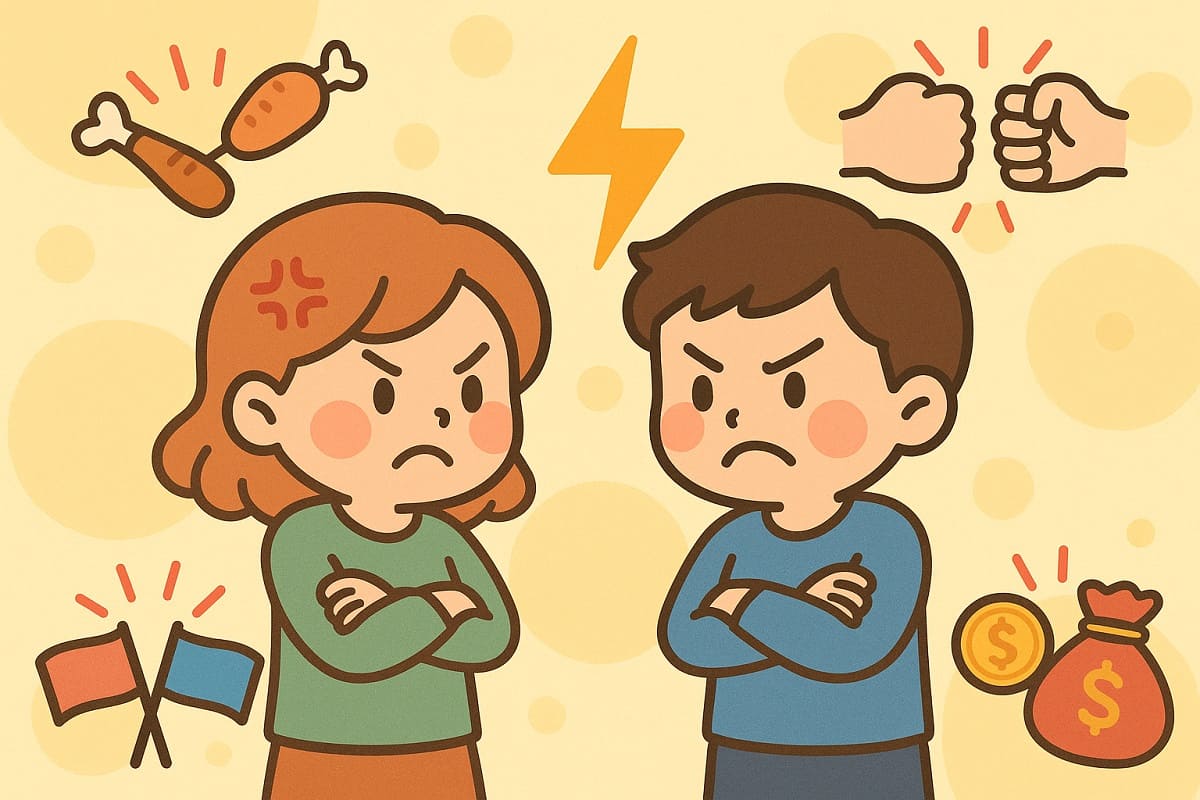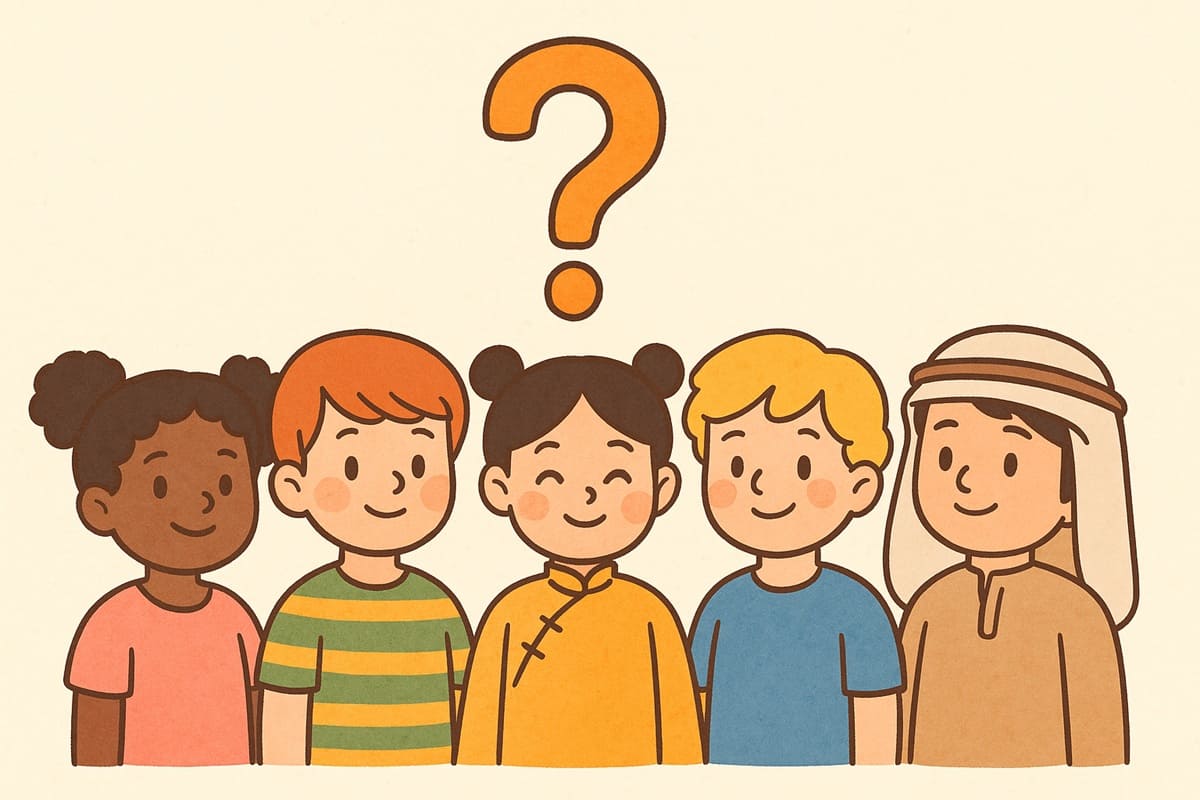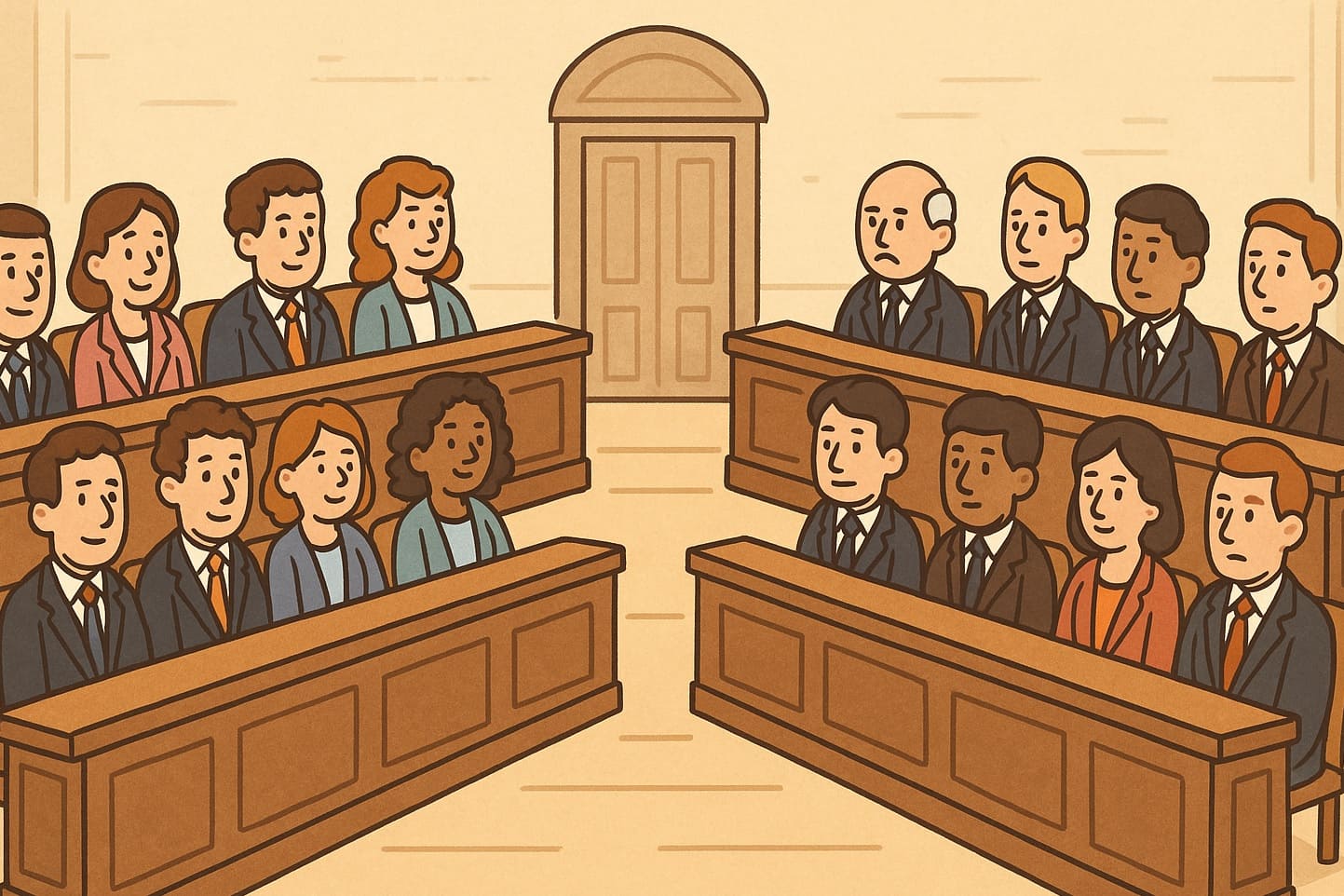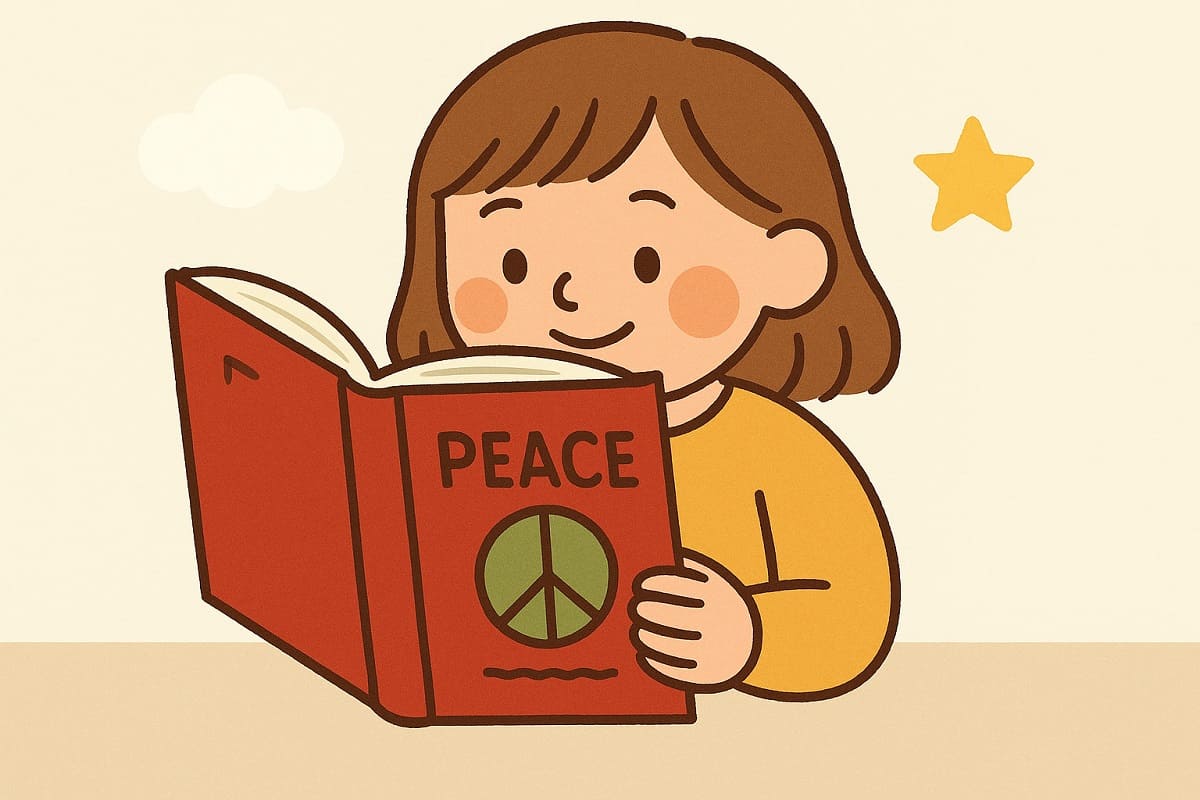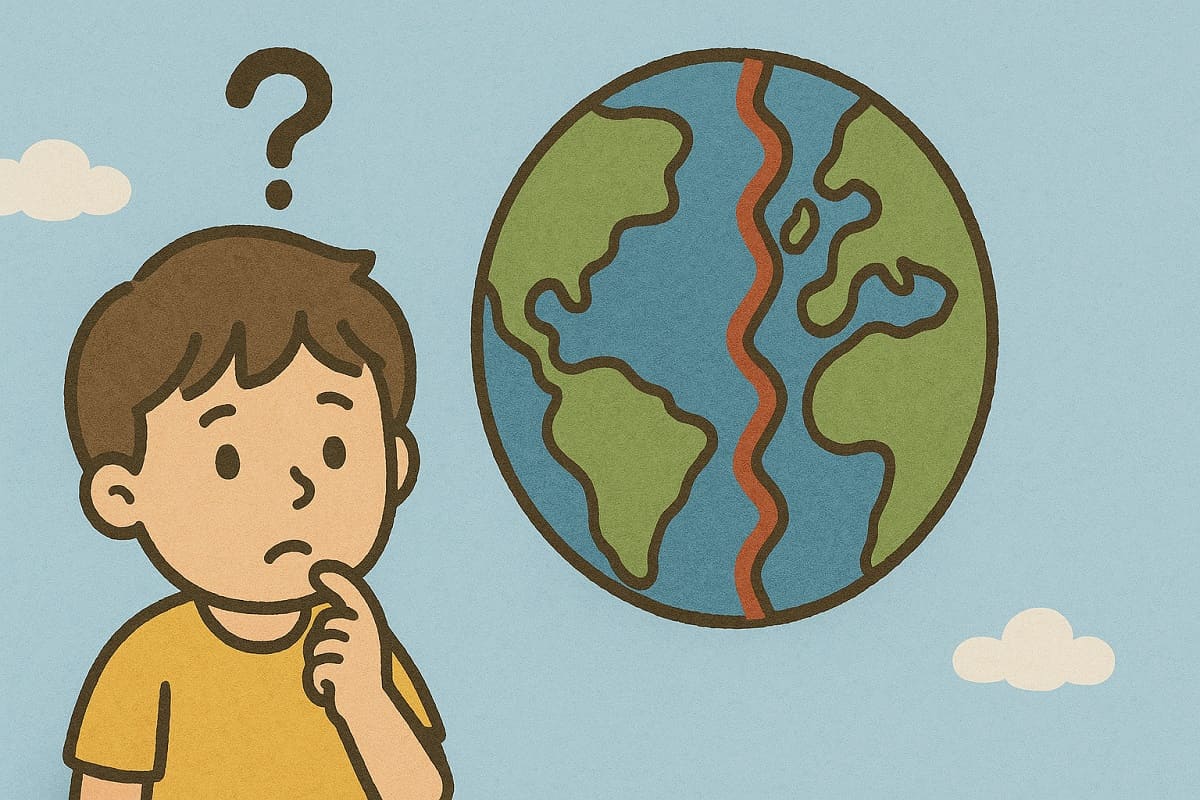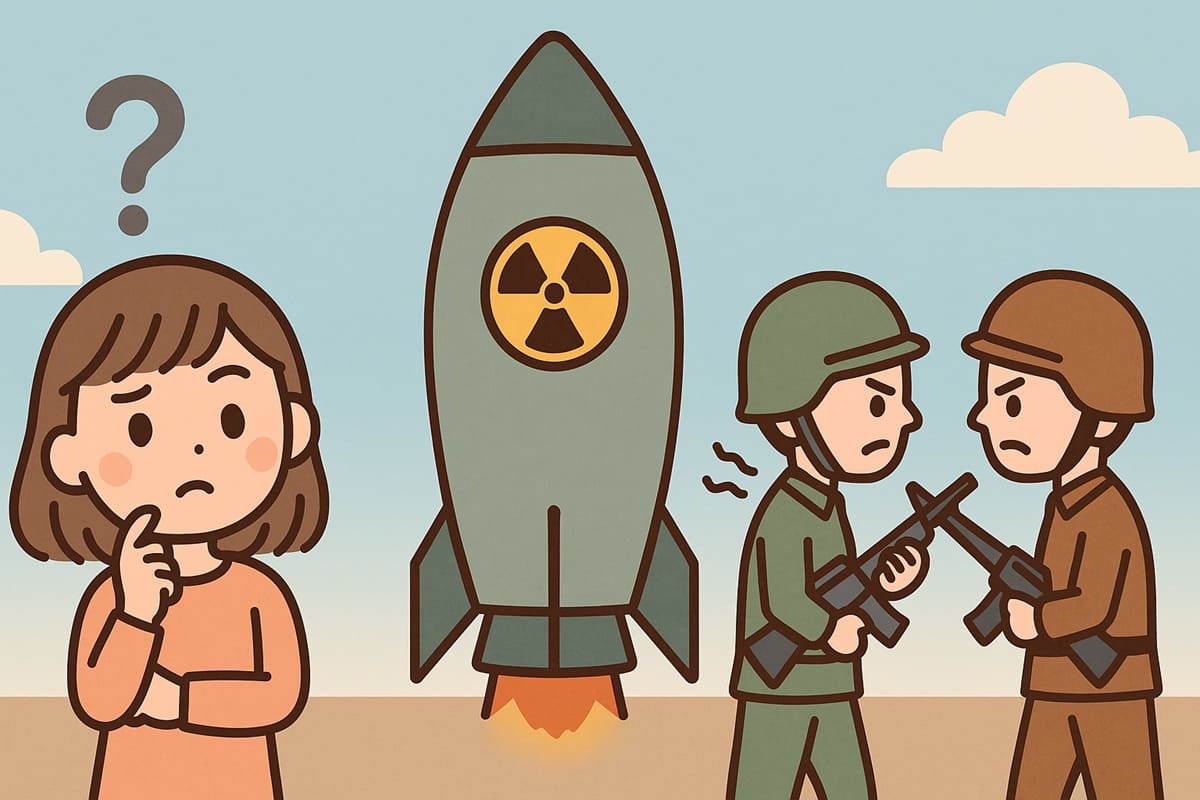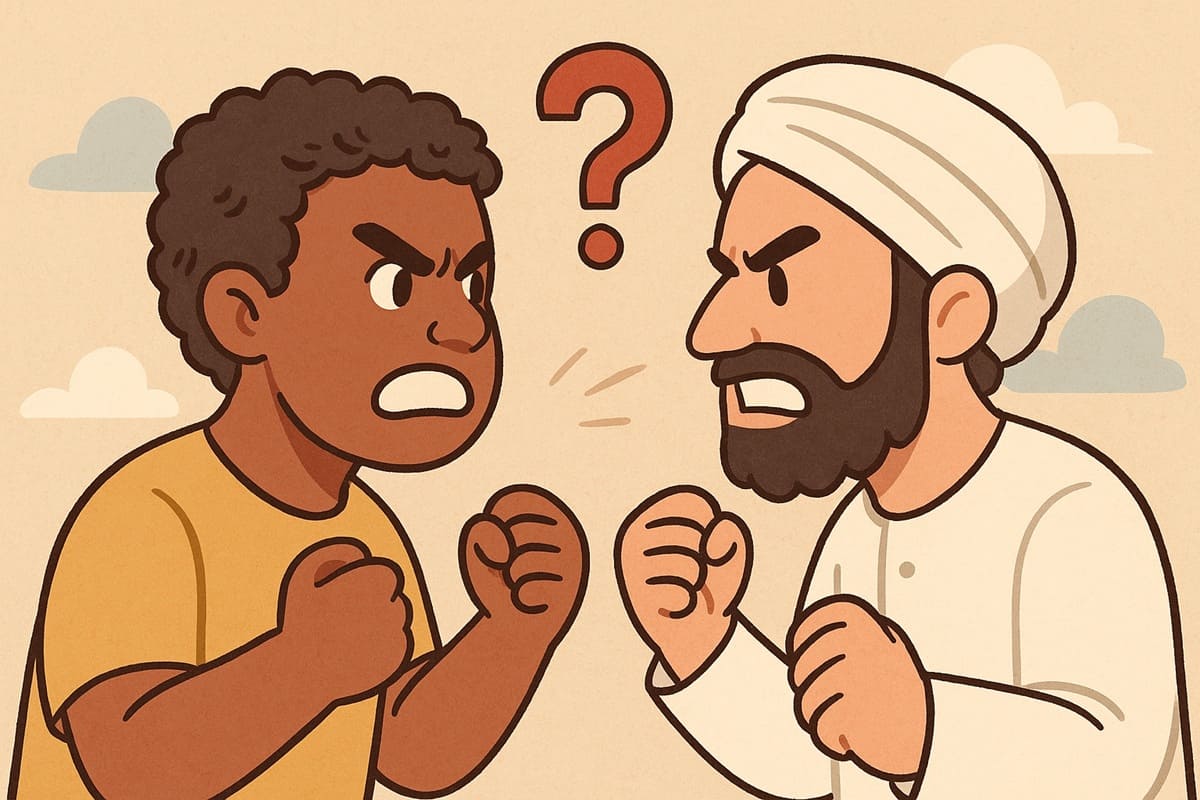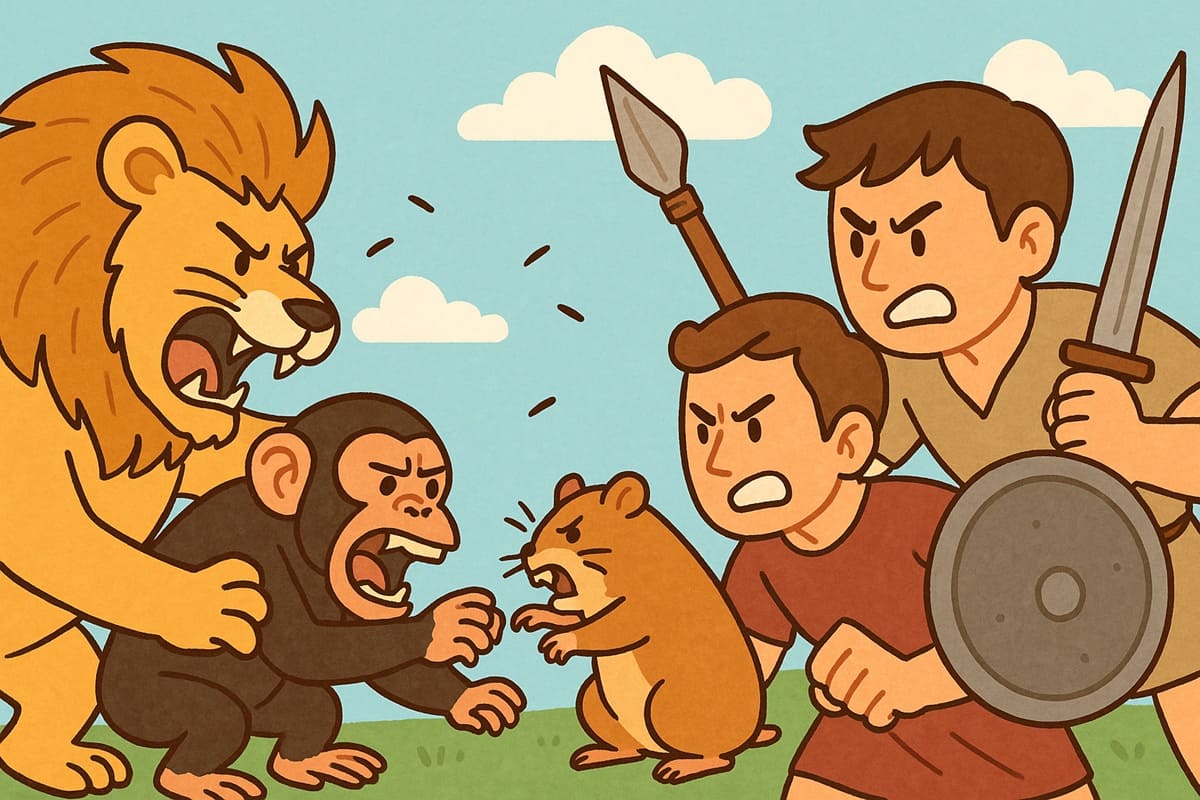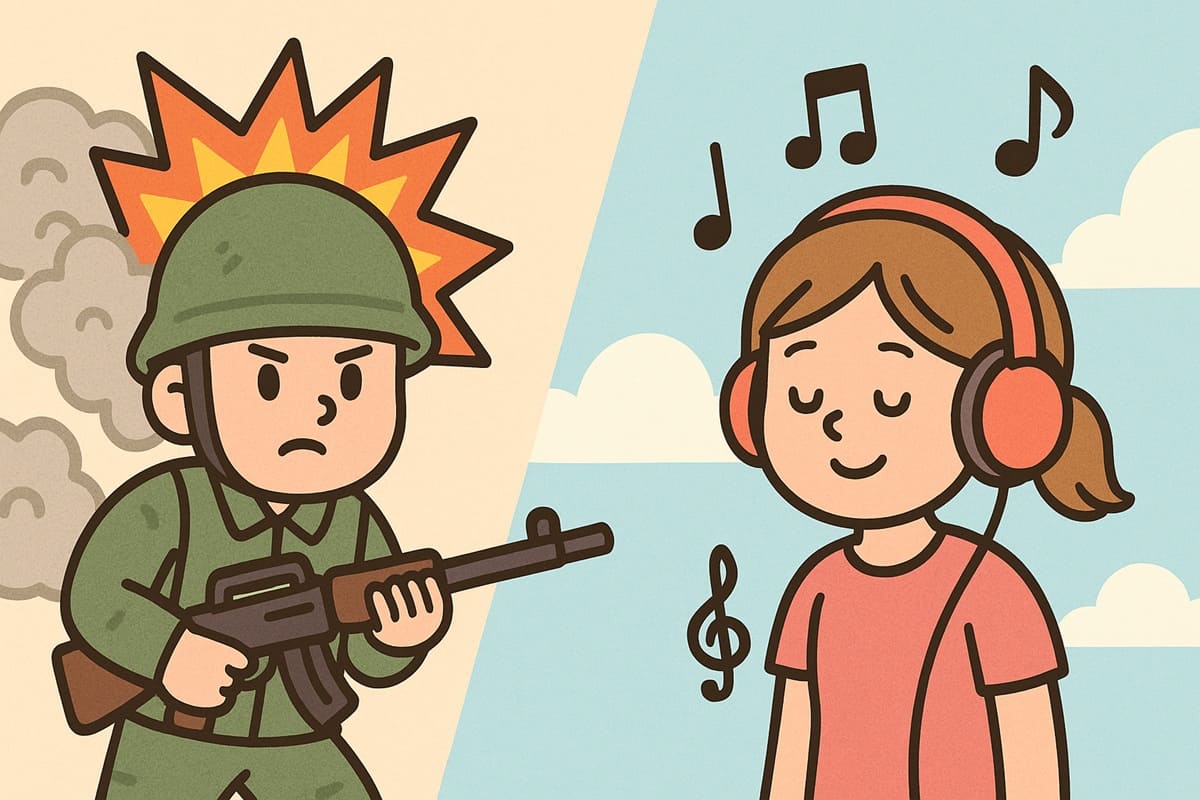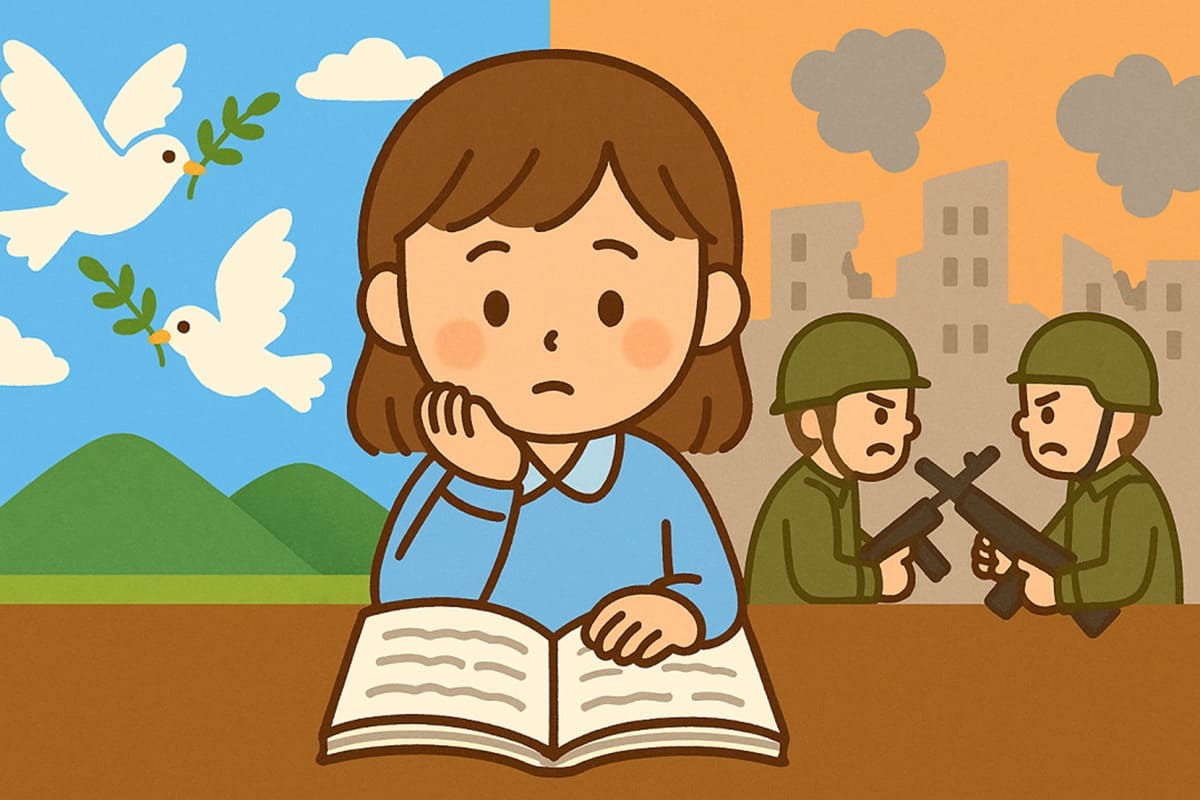What Is the Relationship Between War and Movies?
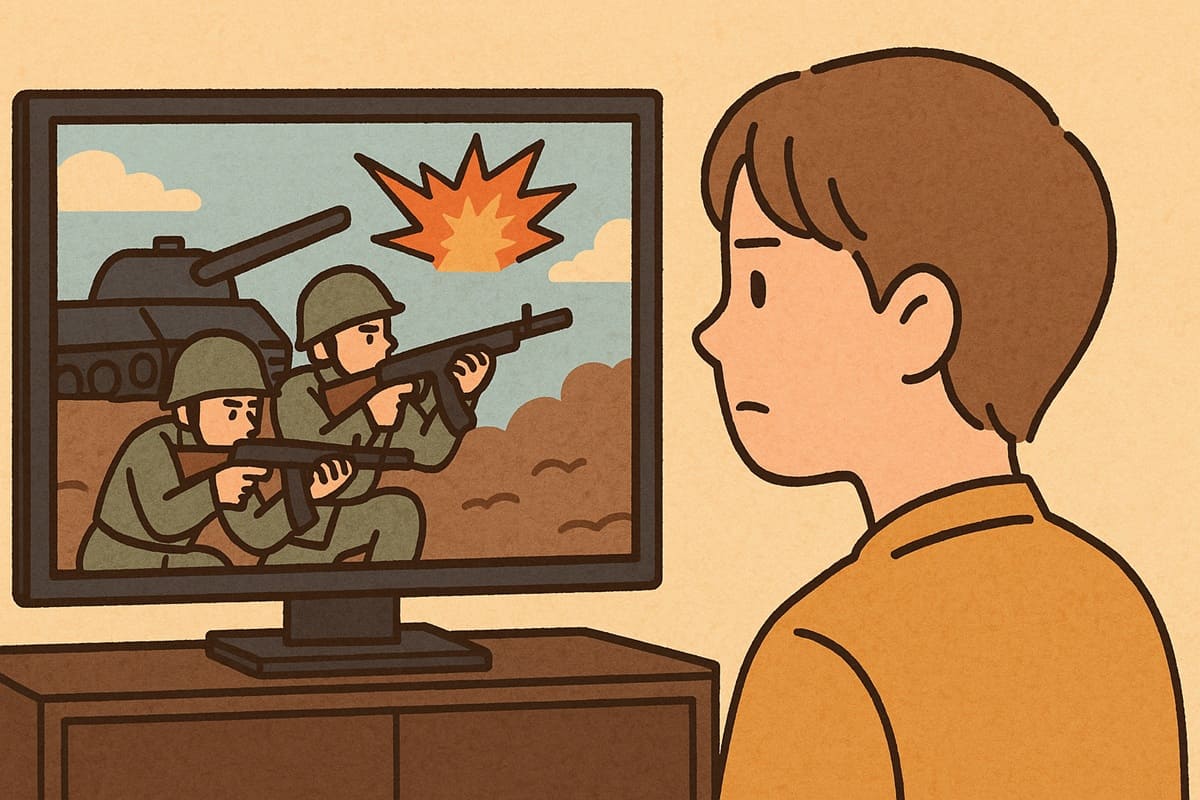
When you hear the words “war movie,” what kind of image comes to mind? A flashy action-packed film where a hero defeats the villains? Or a realistic drama depicting the harsh conditions of the battlefield?
In fact, there is a very deep connection between war and movies. Movies are not just entertainment—they’ve influenced how people think and feel about war. And at the same time, wars have shaped the content and style of movies.
In this article, we’ll take a closer look at the relationship between war and film from historical and psychological perspectives.
How Have Movies Depicted War?
Movies were invented in the late 19th century. Surprisingly, from the very beginning, cinema had ties to war. For example, during the Russo-Japanese War (1904–1905), actual footage from battlefields was filmed and shown to the public.
Later, during World War II, movies were used by governments as tools for propaganda—to boost public morale. In other words, films were made to spread the message that “this war is just” and “let’s all do our part.”
In the United States, many films were created based on the simple idea that “the enemy is evil and America is righteous.” In Japan as well, movies like The War at Sea from Hawaii to Malaya were shown during the war to increase support for the military effort.
So, films have not only recorded wars, but they’ve also been used to influence people’s thoughts and feelings about them.
When War Becomes a Hero Movie
Some war movies are flashy action films. One of the most iconic examples is the Rambo series, which gained popularity in the 1980s.
The main character, John Rambo, is the ultimate warrior who defeats countless enemies all on his own. In Rambo: First Blood Part II (1985), the story rewrites the Vietnam War—a war the U.S. lost in real life—by having Rambo “win” the battle himself.
For many Americans, the movie was a form of emotional release. Even if the real war was painful and complicated, the movie let them dream of victory and justice.
But turning war into entertainment also comes with risks. It can make people forget the true tragedy and complexity of real wars.
Films That Portray the Tragedy of War
On the other hand, there are also movies that aim to honestly depict the sadness and cruelty of war.
For example, Saving Private Ryan (1998) takes place during the Normandy landings in World War II and shows the suffering and moral struggles of the soldiers. The opening battle scene is so realistic that some war veterans said it felt exactly like their real experiences.
Schindler’s List (1993) is another powerful example. It portrays the Holocaust—the mass killing of Jews by Nazi Germany. At first, the main character, Oskar Schindler, uses the war to make money. But later, his conscience awakens, and he risks everything to save Jewish lives. This film invites us to think deeply about what one person can do for good in the face of evil.
Blood Diamond (2006) shifts focus to Africa’s civil wars and the problem of “conflict diamonds.” It confronts us with the harsh reality that the beautiful diamonds people buy in wealthy countries are often paid for in the suffering of others.
These films go beyond entertainment. They have the power to make us think deeply by showing the true horror of war and the lives of the people caught in it.
Movies Affect Our Minds and Memories
War movies can strongly influence our emotions and how we think.
Some viewers of Saving Private Ryan said, “I truly felt how terrifying war is” or “I came to understand the value of life.” There are even stories of veterans who left the theater because the scenes brought back painful battlefield memories.
This is because movies are incredibly effective at appealing to our emotions. Watching a film allows us to empathize with the characters—we feel their pain and sadness as if it were our own. This emotional connection is called “empathy.”
Movies also shape our mental image of war. For example, if someone asks, “What was the Normandy landing like?”, many people will picture scenes from Saving Private Ryan. In a way, movies are creating our collective memory of history.
Conclusion: War and Film Are Deeply Connected
The relationship between war and movies is not just that “some movies are about war.” Films record war, support war efforts, and pass on the stories of war to future generations. They are powerful cultural tools.
As viewers, we should not watch war movies as mere entertainment. Instead, we should ask ourselves: “Why was this movie made?” and “What is it trying to tell me?” Thinking about these questions will help us learn more deeply.
Movies are a medium that brings distant wars closer to us and helps us feel them as if they were our own experiences. The next time you watch a war movie, be sure to pay attention to its background and message.
References
- Kato, M. (2006). Eizo no Arukeorojii [Archaeology of the Image]. University of Tokyo Press.
- Polan, D. (2005). The rhetoric of revenge: Rambo and the Vietnam War. In B. A. Rubin (Ed.), Hollywood and War (pp. 90–108). Sage.
- Saito, M. (2012). Historical memory and Hollywood film: Saving Private Ryan and the National World War II Museum. Film & History, 42(2), 35–44.
- Spielberg, S. (Director). (1993). Schindler’s List [Film]. Universal Pictures.
- Zwick, E. (Director). (2006). Blood Diamond [Film]. Warner Bros.
